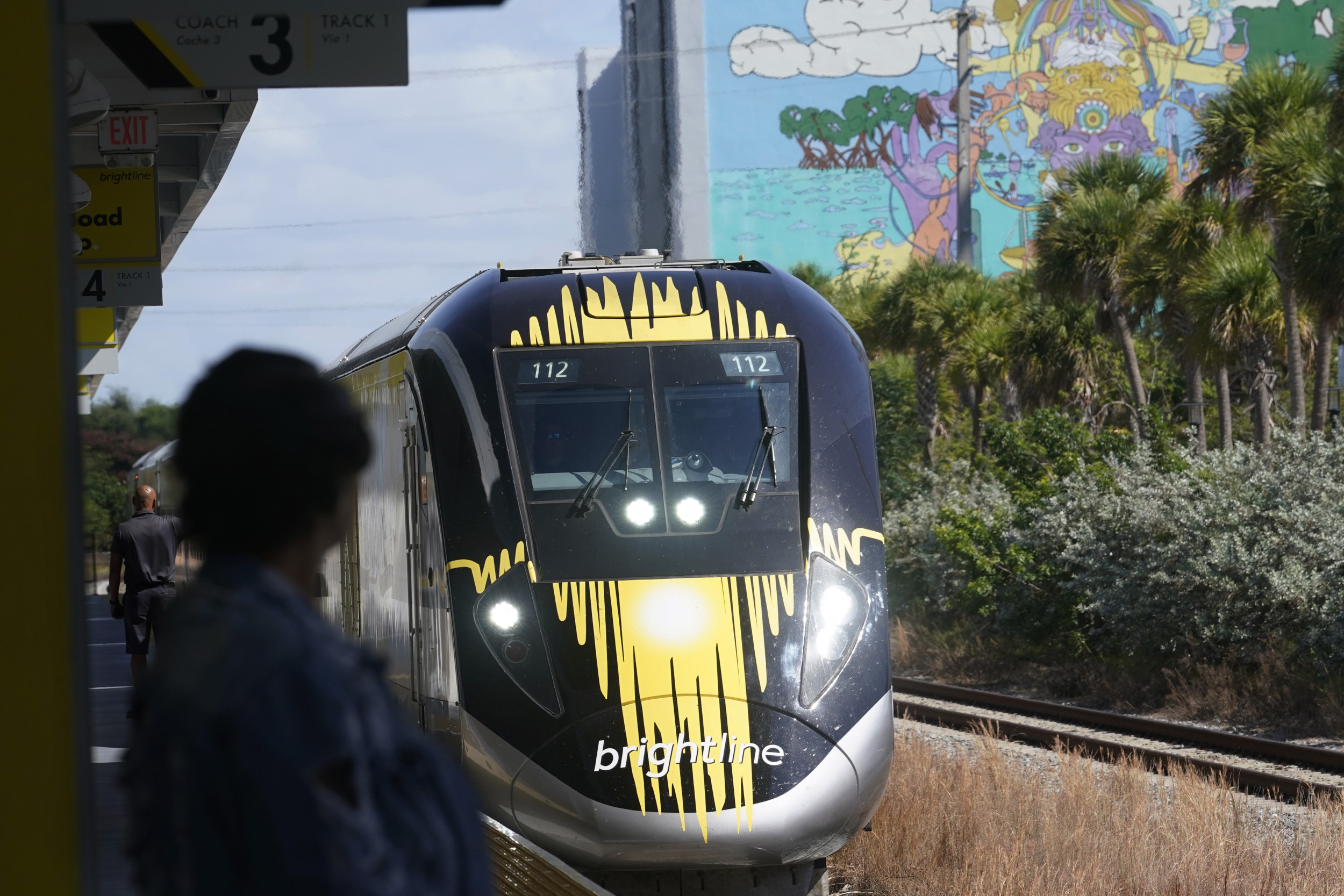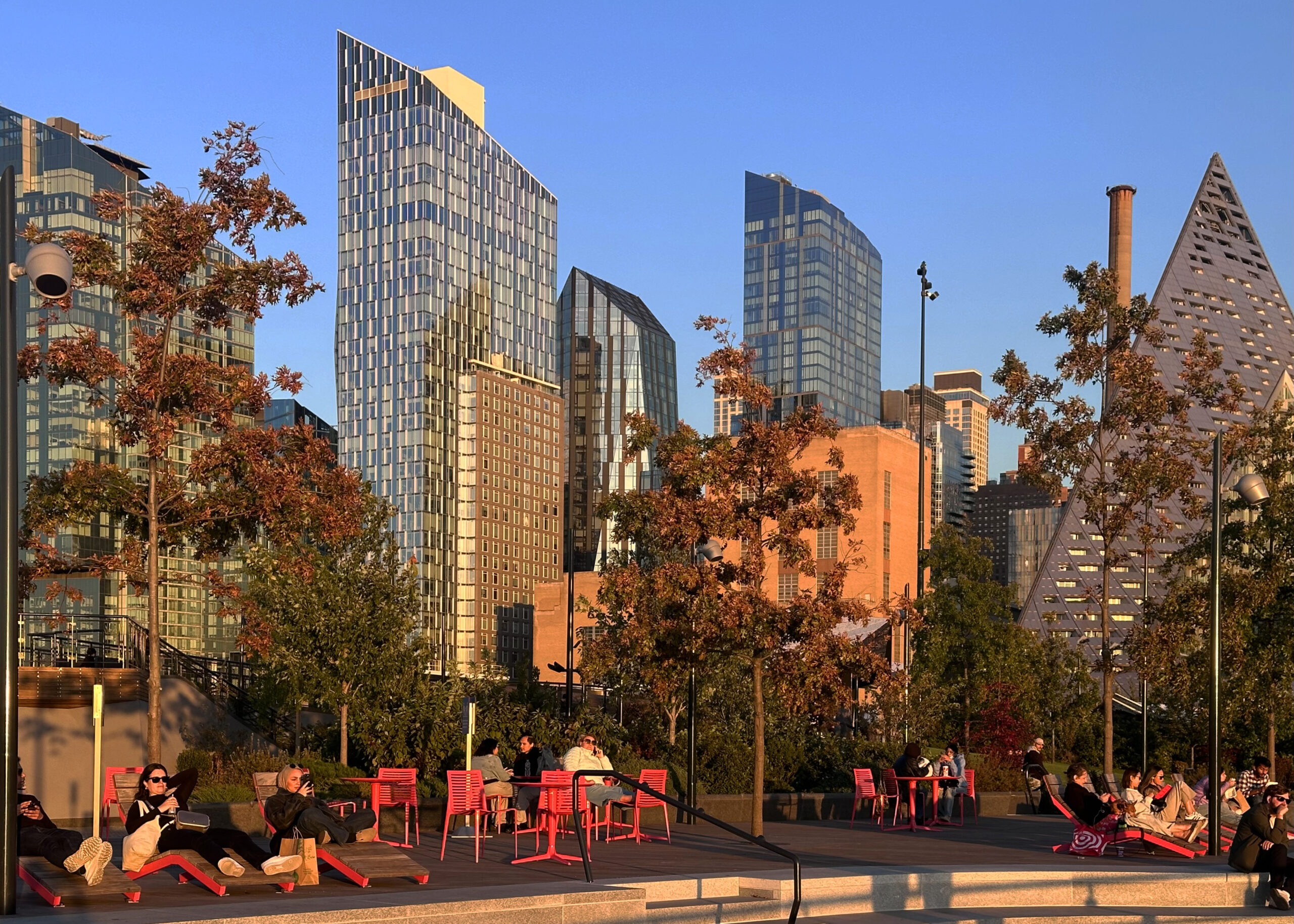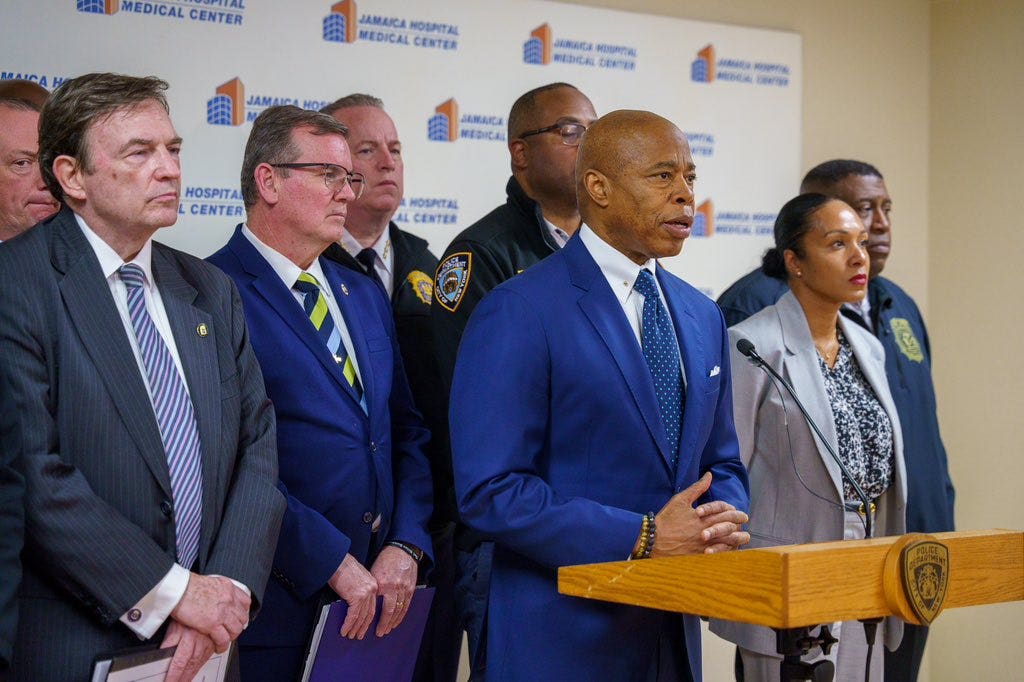Summary:
New York City is set to revive congestion pricing, a plan to charge a toll for entering Manhattan below 60th Street.
The proposed toll is now $9, down from the initial $15.
Supporters of the plan see it as a way to reduce traffic congestion, improve air quality, and generate funding for the MTA.
Opponents argue that the toll is a regressive tax that unfairly burdens working families and commuters.
The plan includes exemptions for government vehicles, commuter buses, and emergency vehicles, and discounts for low-income drivers and tunnel users.
Congestion Pricing is Back in NYC: $9 Toll to Enter Manhattan
New York City drivers brace for the return of congestion pricing, a controversial plan to charge a toll for entering Manhattan below 60th Street. Governor Kathy Hochul, who paused the plan back in June, is expected to announce a path forward on Thursday.
The proposed toll is now $9, down from the initial $15, aiming to address concerns about affordability and incentivize alternative transportation. The plan aims to reduce traffic congestion, improve air quality, and generate funding for the MTA.
Supporters of the plan hail it as a win for public transportation, cleaner air, and safer streets.
Opponents argue that the toll is a regressive tax that unfairly burdens working families and commuters.
How does congestion pricing work?
Drivers entering the Central Business District (CBD) of Manhattan, encompassing the area south of 60th Street, will be charged the toll. The toll will apply to cars, trucks, motorcycles, and other vehicles, with varying prices depending on vehicle size.
The full daytime rates will be in effect from 5 a.m. to 9 p.m. on weekdays, and 9 a.m. to 9 p.m. on weekends. Off-hour rates will be significantly reduced. Drivers will only be charged once per day, regardless of how many times they enter and exit the zone.
Who is exempt from congestion pricing?
Several groups are exempt from the toll, including:
- Government vehicles (including school buses and city-owned vehicles)
- Commuter buses (with scheduled public service)
- Emergency vehicles
Discounts for low-income drivers and tunnel users:
- Low-income drivers earning less than $50,000 a year can apply for a discounted toll after their first 10 trips in a month.
- Drivers using the Lincoln, Holland, Queens-Midtown, and Brooklyn-Battery tunnels will receive crossing credits, reducing the congestion toll.
Impact on taxis and rideshares:
- Taxis will not be charged a toll, but will be subject to a $1.25 surcharge per ride.
- Rideshare services like Uber and Lyft will face a $2.50 surcharge per ride.
The plan is expected to generate $15 billion to modernize the city's subway and bus system.
The announcement on Thursday will be closely watched by New Yorkers and policymakers alike as the debate over congestion pricing continues.









Comments
Join Our Community
Create an account to share your thoughts, engage with others, and be part of our growing community.